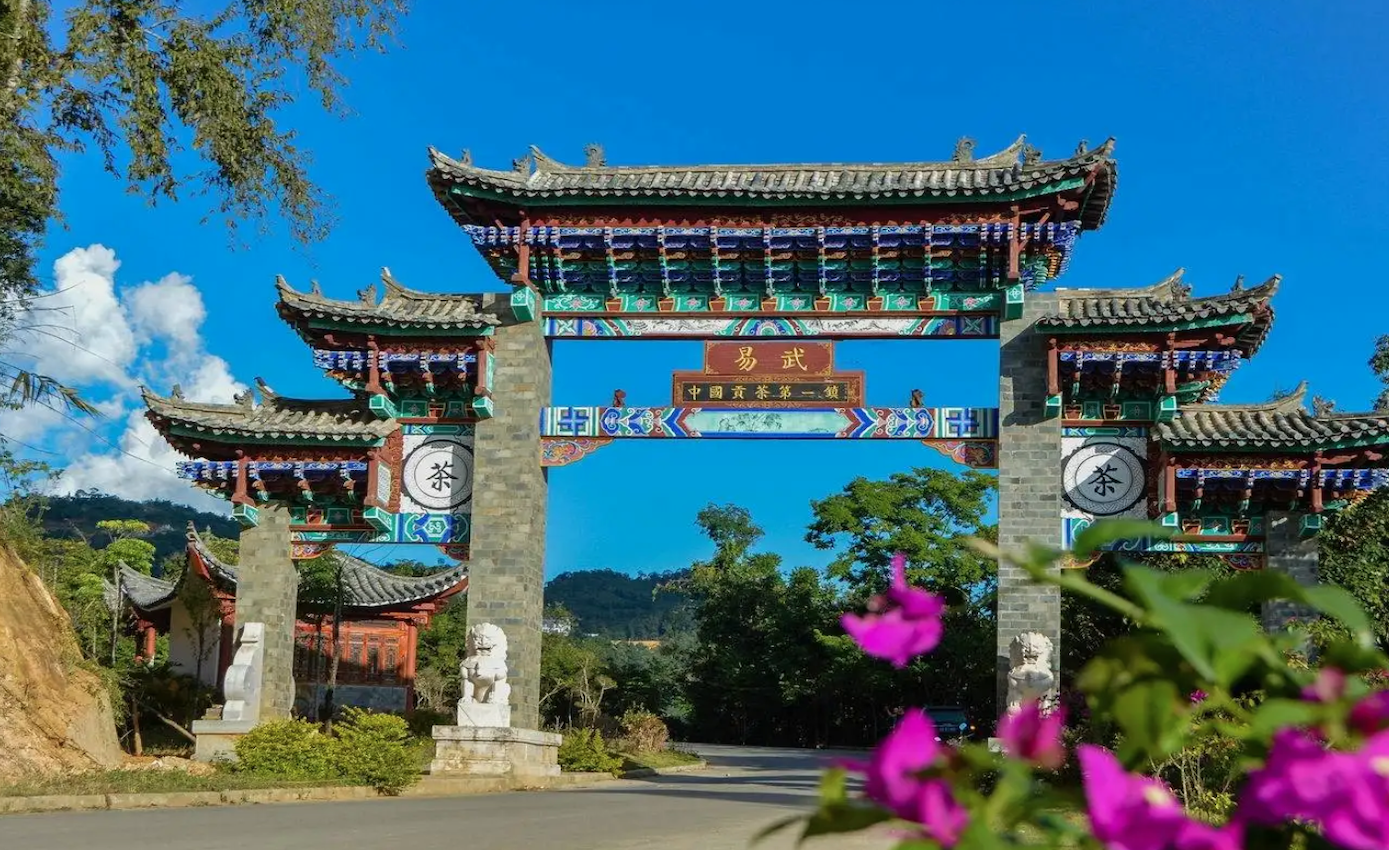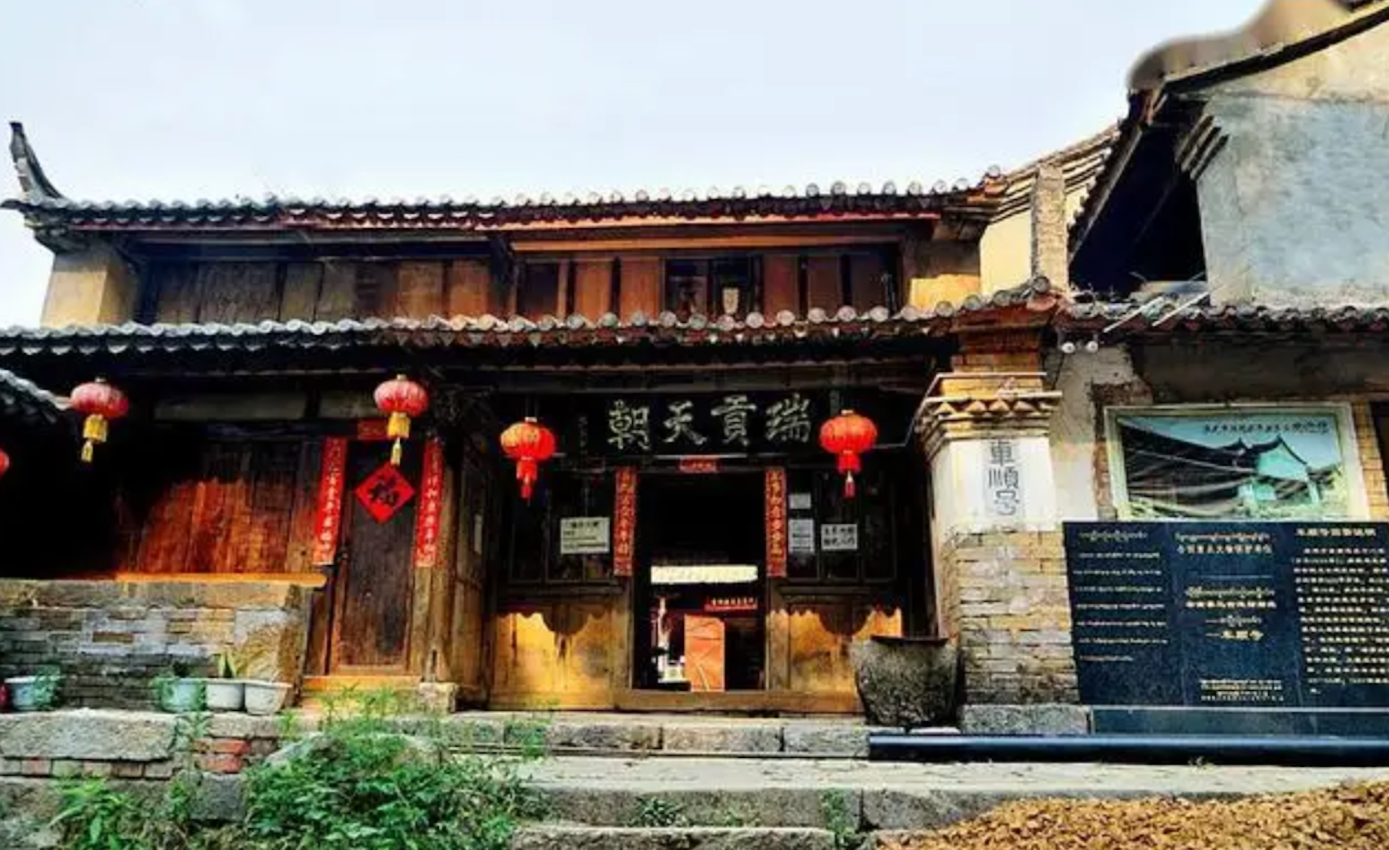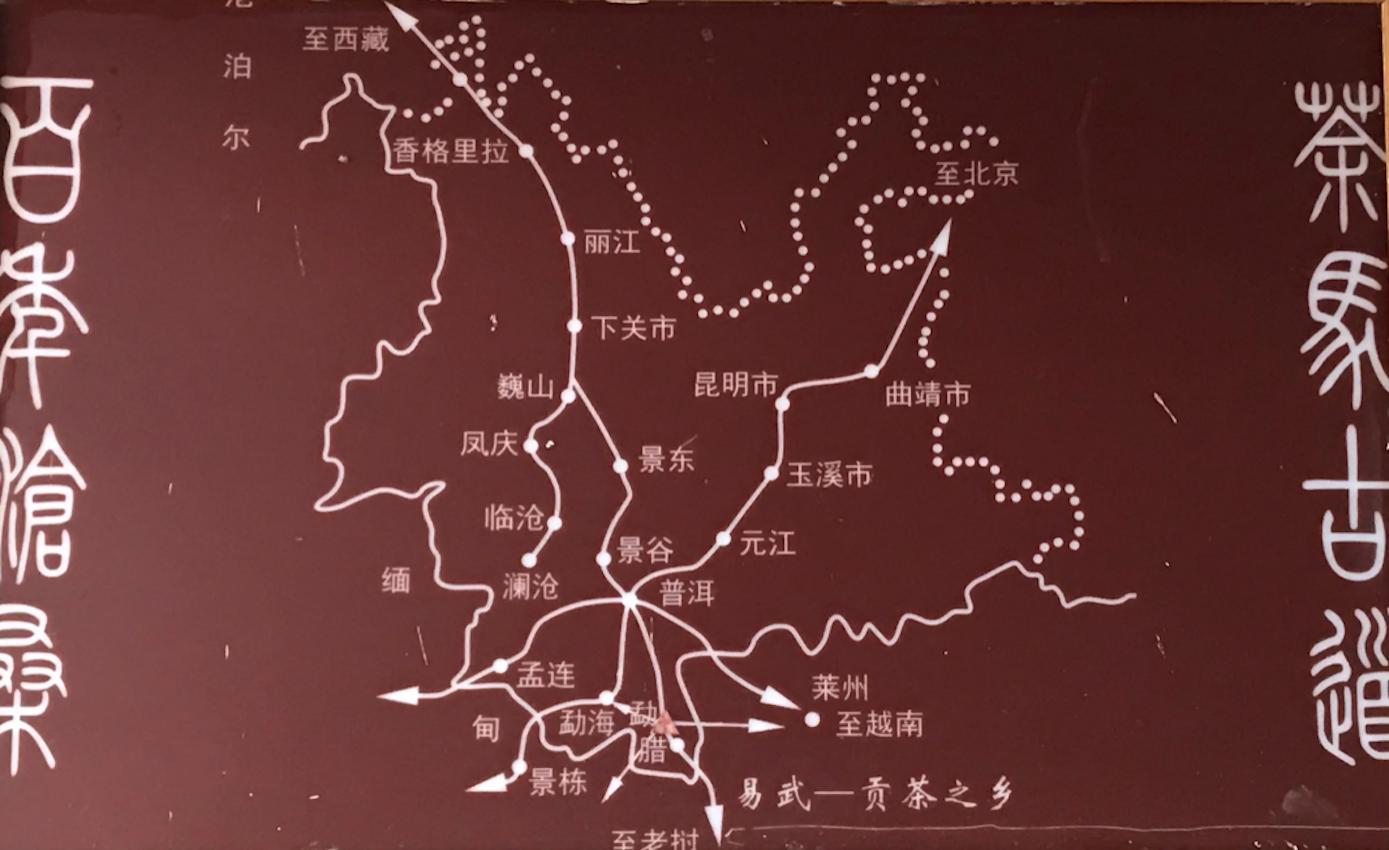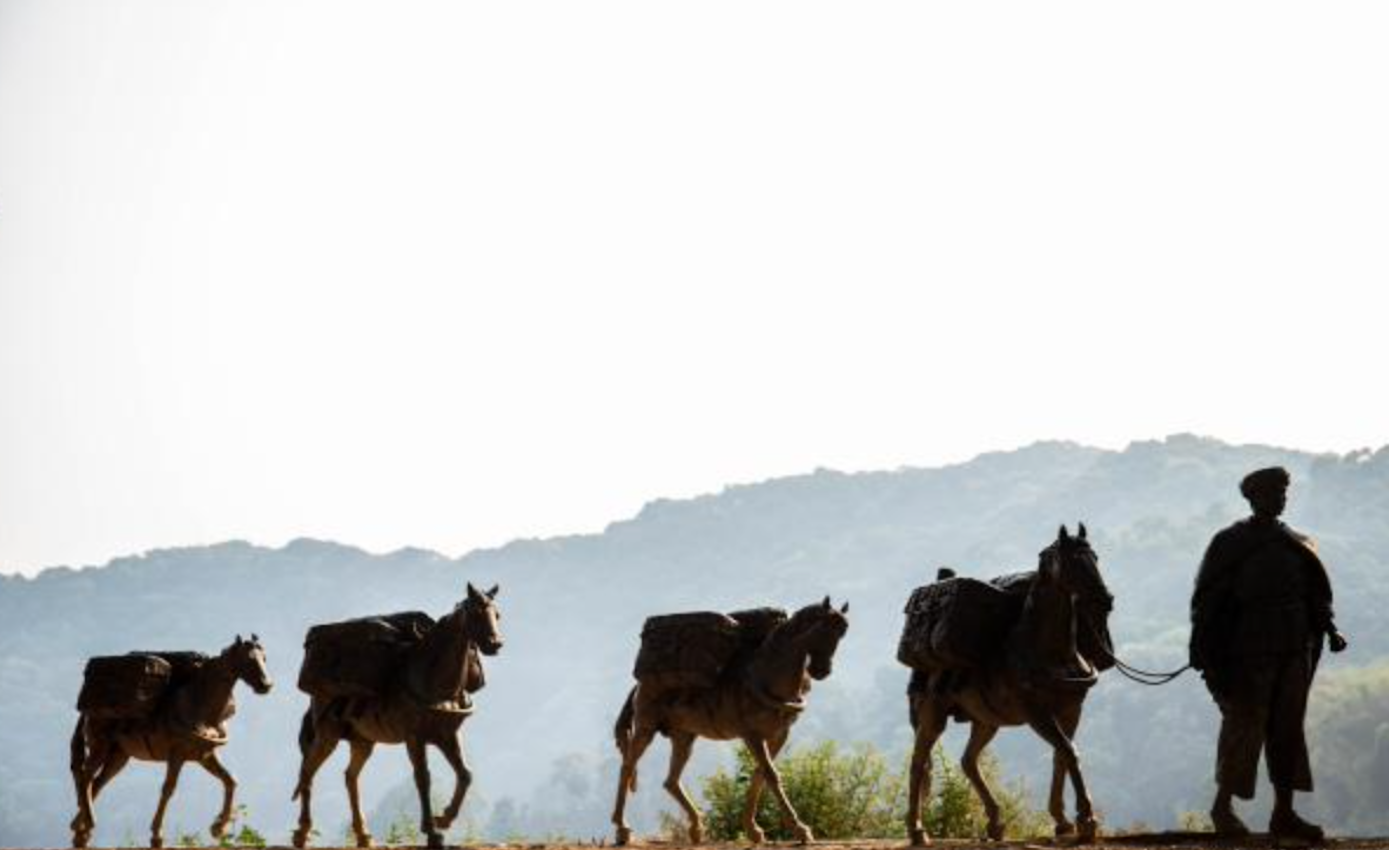
Yiwu Ancient Town
Yiwu is a ancient town located in the northwest of Mengla County in Xishuangbanna. It is about 110 kilometers away from the county seat of Mengla County. It is one of the famous six major tea mountains in history. It is famous for producing Pu’er Tea such as Qizi Brick Tea, Tuo Tea and brick tea. All students who study in China know that Pu’er Tea is very famous. It was sold to Tibet and Southeastern Asia. In the periods of Ming and Qing dynasties, there were many merchants gathered there.

Yiwu Tea Mountain is located in the eastern portion of the inner river six famous tea mountains on the border with Laos. It covers an area of approximately 750 square kilometers. Throughout history, Yiwu has served as a collection and distribution point for the six famous ancient tea mountains. The main rivers flowing through the Yiwu area are the Jinguang, the Sadai, and the Tongqing. The "Puerh Gazetteer" generally only refers to the six famous ancient tea mountains as Mansa, Youle, Mangzhi, Gedeng, Yibang, and Manzhuan mountains. With respect to Yiwu Mountain, these records only state that Yiwu also produced tea. In reality, however, Yiwu's tea production area was nearly half of the total for the six famous tea mountains.

During the Qing dynasty, the Yiwu tea growing area was developed by people from Shiping. They left behind a glorious history of palace tribute tea and established a succession of currently well-known tea businesses. Examples include Tong Xing Hao, Tong Qing Hao, Chen Yun Hao, Tong Chang Hao, and Fu Yuan Chang Hao. All of these were once large tea businesses. The tea products they produced are still considered by collectors to be classics. In the past, the Old Tea Horse Road passed through Yibang to transport goods out of the country. However, new roads were built, and the Old Tea Horse Road was no longer used for transport. In addition, the establishment of mechanized processing plants in the Menghai area meant that the six famous ancient tea mountains lost their status as the primary tea production areas. Yiwu area hand-processing workshops gradually declined, and the industry entered an era of integrated management and large-scale production.

It was the early 1990's before signs of improvement were seen. As early as the Tang dynasty (618-907), Pu people were already growing tea in Yiwu. Tea trees planted then are still growing today on Mansa Tea Mountain. The trees are over 1000 years old. During the Yuan and Ming dynasties (1279-1644) this area was established under the jurisdiction of Cheli Xuanwei. This continued straight until the Qing dynasty when people from Shiping came and developed the area, Its history is extremely long. We know that Yiwu's cultivation-type large tea trees can roughly be divided along with the Tang, Yuan, Ming, and Qing dynasties. The distribution of the forests also roughly indicates the concentration and movement of residents at various times. Following the rise and decline of developed areas, many test growing areas are buried in History. After being ignored for several hundred years, the growth of the tea trees gradually spread out, creating complex symbiotic forests. They silently stand amongst the mountain forests of Yiwu to this day in testimony to the rise and decline of the six famous ancient tea mountains. They provide ample proof of the extremely long history of Yiwu.

The road from Jinghong passes through Ganlanba, Menglun, Mengxing before finally arriving in Yiwu. Evidence of Yiwu tea begins to appear at Menglun. Yiwu soil is dominated by lateritic and red soil. Large tea tree varieties can be divided into Assam and small-leaf varieties." Taidi (tableland) tea can be divided between early Mengla large leaf taidi tea and new strains introduced by cooperatives during the 1980's. In recent years, many new taidi teas have been developed. Taidi tea is essentially dominated by these three categories. In the Yiwu area small-leaf varieties are limited to a very small portion of the total. Among the six famous ancient tea mountains, the most small-leaf tea trees are most likely in Yibang. Long term environmental influence has caused these small-leaf varieties to experience some level of mutation.
Reference:Umi Tea Sets
Photo Resource: Internet
If there's any copyright issue involved, please contact us to delete.



